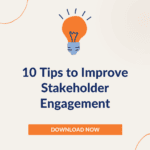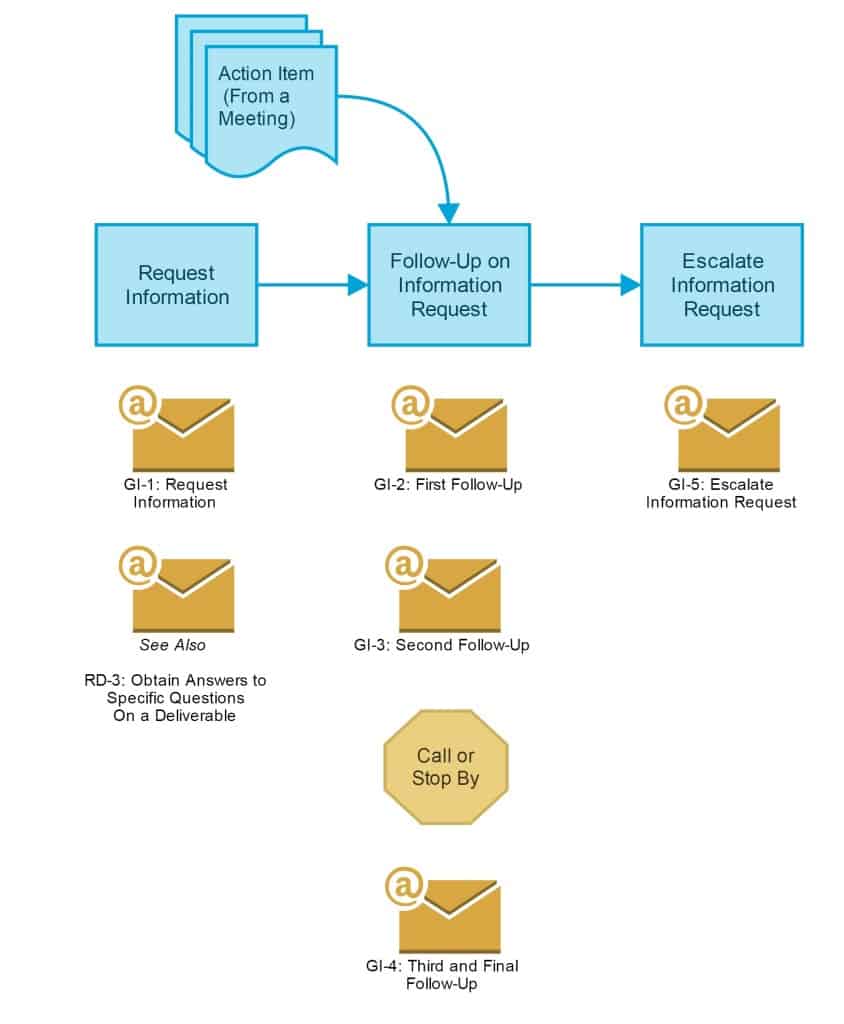If you’ve ever been told that you aren’t pushy enough to be a business analyst, you are going to want to read today’s article.
Pushy isn’t easy, and it isn’t in our DNA as business analysts. Yet, when we wait around passively for information, we can subject our projects to a whole host of problems.
- I remember a project where I waited weeks for a developer to provide input on the feasibility of a requirement, only to discover that a high-priority business need would take weeks to accomplish instead of days. We had to re-scope the project.
- In another situation, a business stakeholder took their time getting back to me about how their process worked. I made assumptions so I could move forward with the requirements, only to discover that I was wrong. This led to a lot of rework and a missed deadline.
Waiting for information is one of the primary reasons I see business analysts get stuck on their projects and branded as people who cannot meet deadlines.
With experience, I learned not to wait for the information I needed as part of the requirements process.

Today’s article is about how to follow-up to get the information you need from stakeholders. When you are methodical about your requests and follow-up in a clear and polite way, you can be proactive and professional without being pushy.
(This is the second installment of a 4-part series going into a little more detail on the things I would have liked to have known before I started my business analyst career.)
Here’s a quick visual map you can use to remember what pieces of communication to consider sending on a project when it comes to getting information.
Click here to download this visual map in PDF format and save it for future use. You also might want to check out our Email Communication Templates for copy-and-paste email templates covering each of the scenarios discussed here.
Now, let’s take a closer look at how we get information.
Frame Your Original Request Clearly and with a Deadline
A clear information request is more likely to get you the answer you need. Take care to think through what an ideal answer would look like and phrase your request accordingly.
And while it can feel a little uncomfortable to set deadlines, without one your stakeholder won’t know when you need this information to keep the project moving forward. Providing a deadline is the professional thing to do and it saves everyone time in the long run.
What’s more, a deadline is an important tool for following up. Let’s look at that part of the process next.
Follow-Up on Your Information Request
Stakeholders are busy people and it is not uncommon for a request to get pushed to the bottom of their email, accidentally deleted, or missed completely. Follow-up early and then follow-up again if needed. One or two polite check-ins will often create the result you are looking for.
When a deadline has been established, following up is not pushy. It’s a professional reminder of a shared commitment. It’s a communication you send in the best interest of the project as a whole.
Escalate Information Request
Despite all of your follow-up, there will be times when you simply don’t hear back and you need to escalate. When you do so, be respectful while also clearly describing what you’ve done so far to get the information you need.
Look at it this way – if you don’t escalate when others hold up your work, then someone is likely going to escalate when you hold up theirs!
A Quick Synopsis
Successful business analysts are proactive. They know what information they need, they know who to get it from, and they find ways to politely follow-up until they get it. This skill is one of those areas that tends to fall under the radar and shows up in job descriptions with phrases like “gets things done”, “manages stakeholders”, and “is deadline-oriented”.
You can be proactive without being pushy as long as you manage your information requests and communications in a clear and methodical way.
Start with Trusted Email Templates for Requesting Information

Click here to learn more about the Email Communication Templates
Download Your Free Guide – 10 Tips to Improve Stakeholder Engagement
And if you are looking for even more tips to manage difficult stakeholders, download this free guide. You’ll
- Save time and effort by clarifying the requirements more quickly.
- Build stronger relationships that elevate your reputation and career.
- Improve project outcomes by communicating more effectively.

